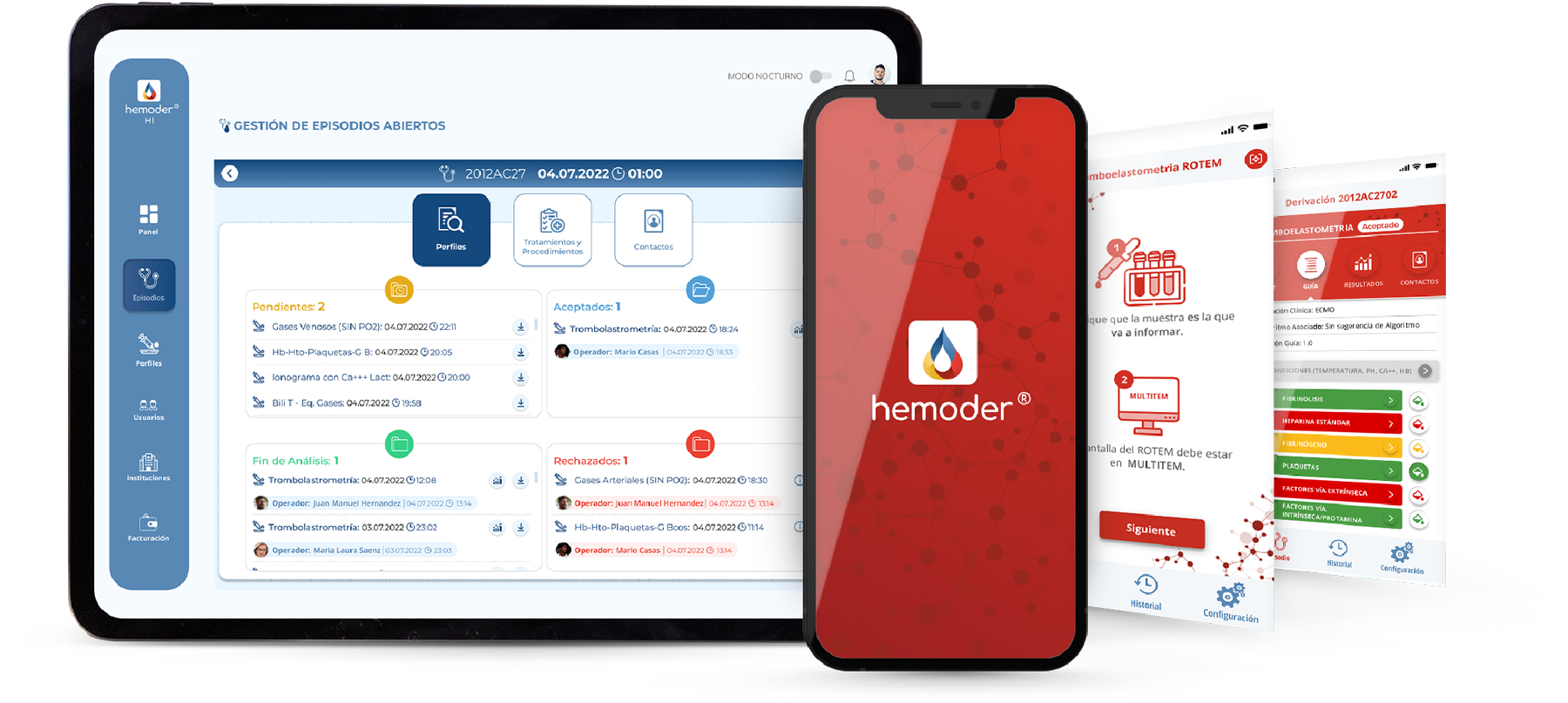
Close

Unite professionals, devices, key information and support for decision making
easily and on time.
Create a safe, collaborative and educational ecosystem to improve
procedures at the point of patient care with
scalable technology.
Unite professionals, devices, key information and support for decision making
easily and on time.
Create a safe, collaborative and educational ecosystem to improve
procedures at the point of patient care with
scalable technology.
Embrace Innovation, empower your professionals with
efficient technology solutions geared towards your business.
Embrace Innovation, empower your professionals with
efficient technology solutions geared towards your business.

Innovation, the development of equipment and the advancement of solutions designed for interoperability and connectivity in the medical and patient community will have a great impact on health systems.

Optimize data collection and analysis and enhance diagnostic and decision-making processes with real-time interpretation algorithms.

This is a step forward in the technological transformation with our Hemoder solution related to interdisciplinary collaboration, the management of critical information and the administration of monitored assets in the medical field.

Our integration solutions aim to enhance the interoperability of systems and medical equipment.
Our integration solutions aim to enhance the interoperability of systems and medical equipment.

Helping professionals achieve better patient outcomes, ensuring regulatory compliance and improving operational efficiency in critical care hospital settings.

From operating rooms and laboratories to intensive care and emergency units, addressing current challenges and bringing technology closer to the best patient care.

Through our platform, we link diagnostic processes and equipment that range from blood gases to hemostasis analysis, either at the point of care or in the laboratory, integrating insights from the process in the different hospital and/or hospital systems. laboratory, customizing connectivity and optimizing critical flow.


It facilitates the transmission of results in real time in the eyes of the doctor who requested the diagnosis.

It allows the critical patient with bleeding to be handled with speed, effectiveness and safety; improving the interpretation of the diagnosis and the therapeutic decision through algorithms while allowing direct interaction between professionals via chat.

It allows requesting the collaboration of designated advisers when the doctor in front of the patient considers that their case has particularities that could make the assisted algorithm of the app not precise enough to interpret the information from the equipment.

Improve the cost/effectiveness of implementing guided treatment, while increasing patient safety

It makes it easier for the commercial representative to monitor each referral initiated and monitor, in real time and remotely, the pre-analytical process (logistics + analysis) to optimize the time of adoption of the technology in each new hospital.

The Critical Episode, the path to address that episode can contain multiple diagnoses and actions throughout different moments and that process is reflected within the episode

Effective communication between the professionals involved in a specific critical episode.

Improves the TAT when it comes to putting the results in the hands of the doctors

It allows integrating the results of different diagnostic samples performed at different times and in different physical spaces/instruments or LIS/HIS.

Customize specific diagnostic/therapeutic routes for each hospital for different critical clinical situations, with their corresponding pretest clinical scores, as well as algorithms and corresponding diagnostic/treatment suggestions.

It allows the manual registration of treatments and procedures with identification of each participant and each registered action.

It has the flexibility to incorporate diagnoses made in different devices such as Point of Care close to the patient or results from centralized laboratory/hemotherapy systems.